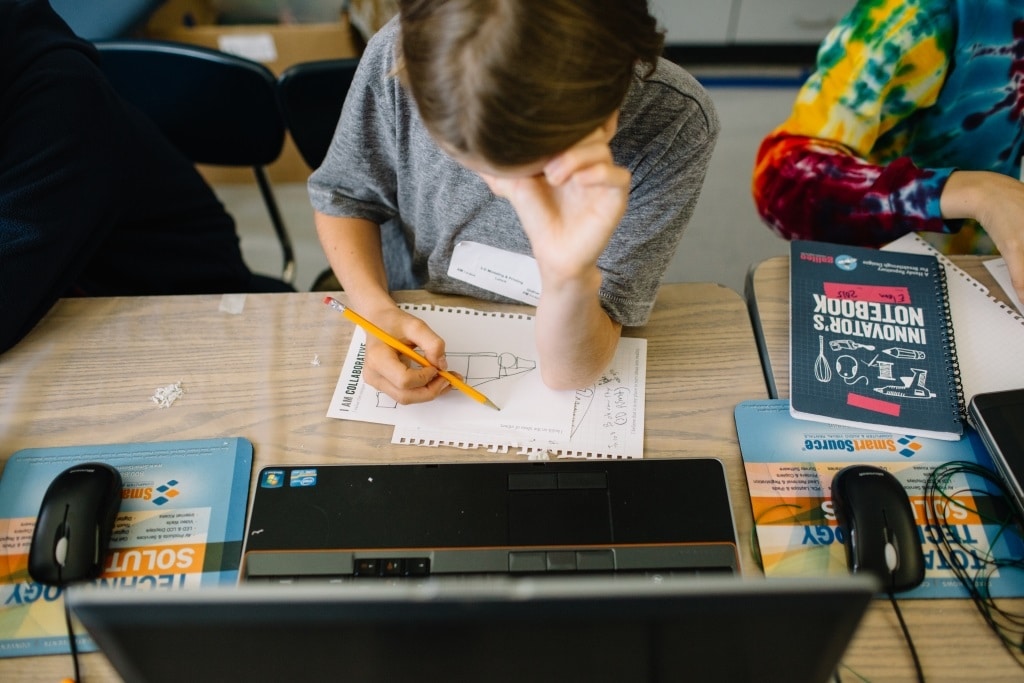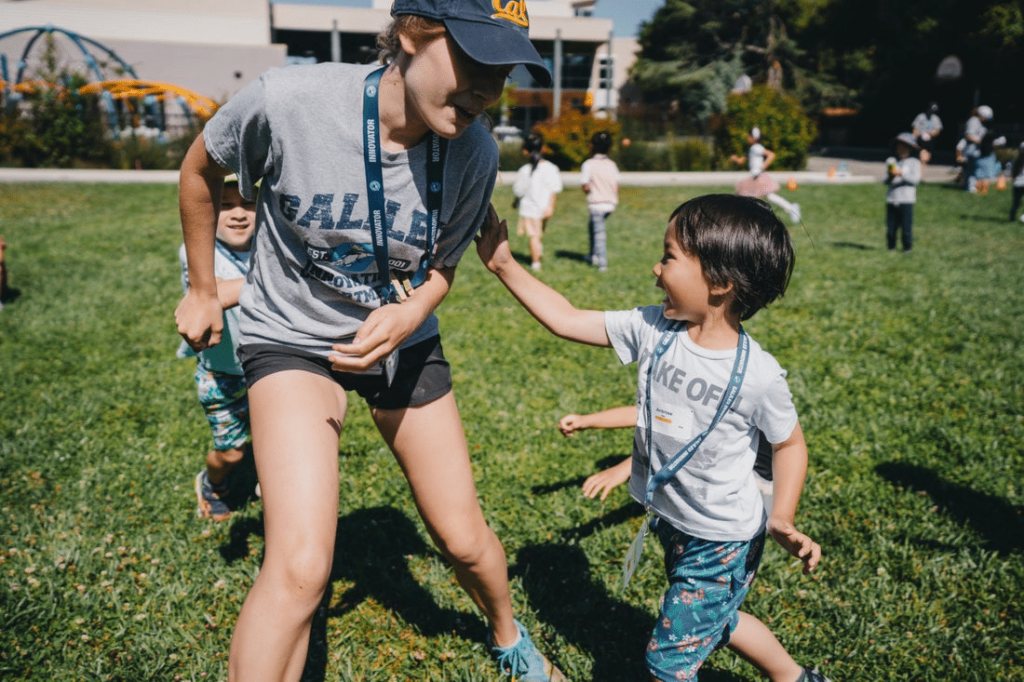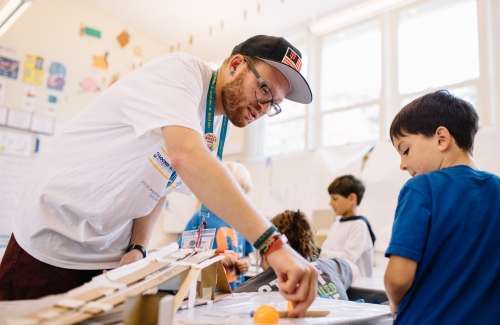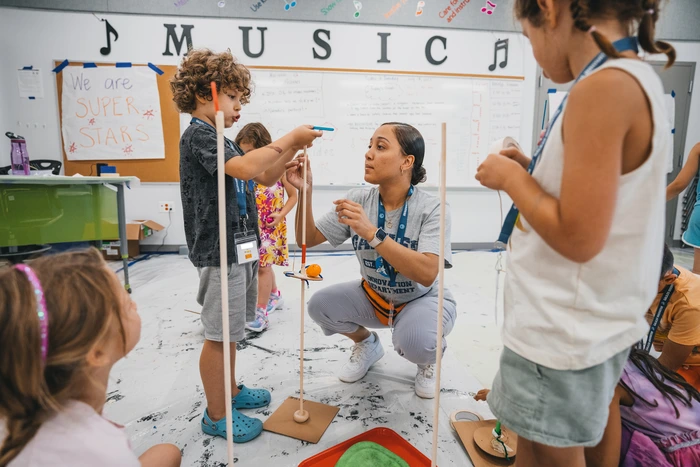Like countless other parents, you may have noticed some resistance from your kiddos to the online learning process and are wondering how to help your child stay engaged now that distance learning will continue.
Whether online learning is for school, camp, or another fun activity, you can apply these tips to support your child’s engagement.
#1: Get Back to Basics
Has your child ever been so engaged in their play that when they finally realize they need to go to the restroom, it’s been so long since they last went that it’s an emergency? Meeting our basic needs may seem obvious, but it can be easy to forget about these things when our attention is on something else.
Kids (and adults) are more able to concentrate on engaging in online work or learning when their basic physiological needs have been met. Help your child get into the habit of going through a list of what their body needs before they join their class, similar to what you do before leaving your home. Ate a meal or snack? Check. Went to the restroom? Check. Had some water? Check. Doing this beforehand will increase their ability to stay engaged throughout their entire class.
#2: Take a Brain Break
Now that you are home and indoors most of the time, you may have noticed your child’s energy levels have skyrocketed. This can make online learning, which often requires staying in one place for an extended period of time, challenging. This is where Brain Breaks come in.
Brain Breaks are short, 2 – 10 minute, physical activities that help kids express their physical energy. There is no “just right” way to have a Brain Break. Utilize the time, space, and materials you have available and leverage the unique interests of your child. Here are some examples:

#3: Set the Stage
One thing that makes home different from your child’s classroom is that their classroom is specifically designed to be conducive to learning. There are designated spaces, materials, and routines to help kids engage in each subject.
Now turning your home into a classroom setting wouldn’t make sense because of all the other functions our homes need to meet. However, you can create a designated classroom space within your home. This space could be a desk, the dining room table, the coffee table, or a rug on the floor.
Once you choose your space, add materials your child may need to be successful—think paper, pencils, scissors, computer or laptop, charger, and headphones.
The actual space and materials you choose aren’t important as long as they work for you and your child. What matters is that the environment is the same each day. The consistency will support your child’s ability to engage in their online learning.
#4. Establish Predictability
There are so many things about learning at home that may be new to your kiddo. Building predictability will allow your child to focus on learning rather than everything that is new or different.
Create a routine.
As mentioned before, having a specific get-ready routine will help your child’s brain switch to learning mode. You might also consider a wrap-up routine for afterward such as closing the computer, putting away materials, and having a snack to signal the end of learning time.
Talk about timing.
For many kids, how long an activity feels is directly related to the amount of fun they are having. Fun things = five minutes and boring things = ten hours. Talking about the amount of time they are expected to focus on learning will impact their perspective of their experience.
Depending on your child’s relationship with their online learning content, it could help your child end their learning and transition to a new activity on time or stick with the learning and trust that there is an end in sight. You can support their concept of time by moving a clock nearby, setting a timer, or giving time warnings. Don’t underestimate how supportive “You have five minutes left” can sound to kids of all ages.
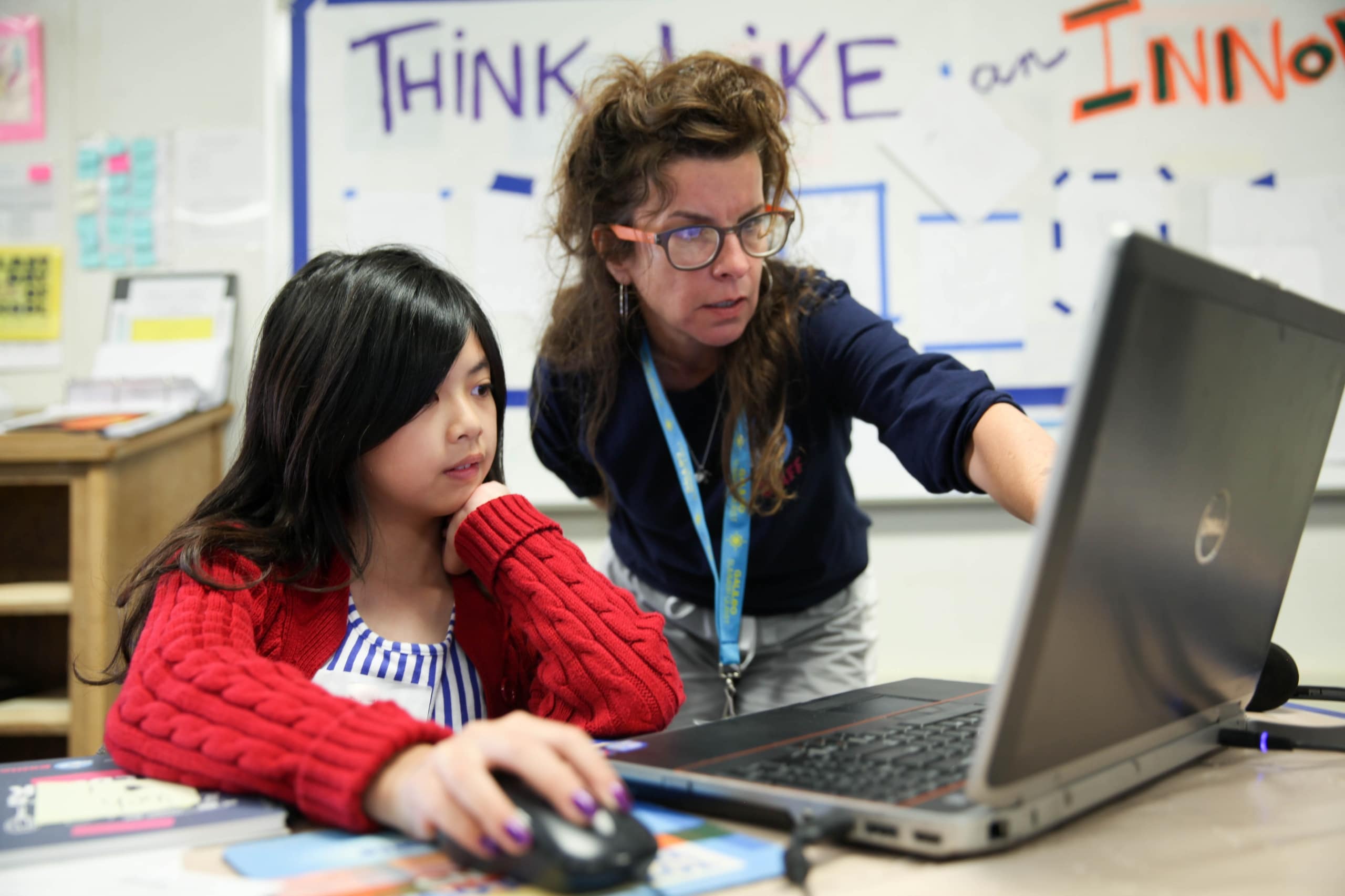
#5. Align on Expectations
The clearer your expectations, the higher the chance your child will be able to meet them. Consider the age and developmental level of your child when creating your expectations. Here are some questions to help you brainstorm:
- Help: How would you like them to ask for help if they need it? Who can they ask for help? When?
- Independence: How many times should they try on their own before asking for help? Are there certain tasks you expect them to do independently? Anything they must get help from an adult before trying?
- Success: What does success look like? Working for a certain amount of time? Completing a specific number of tasks? At least trying the work or activity they dislike?
When you’ve determined what your expectations are, it’s time to communicate them. Take time to introduce your expectations by explaining them and going over scenarios that might come up.
Many kids also need visual reminders to be successful. You, or your child, can write them down on a piece of paper to keep nearby. For younger kids, you can draw or print pictures to represent your expectations.
#6: Take it Easy
Above all else, have compassion for your child and for yourself. This is new for all of us, and the only way to build confidence and skills in this new way of learning is to remember that each time you get online is an opportunity to practice, not to get it perfect.
Take time to recognize all of the efforts you and your child are putting into this. They’re working hard, and so are you, and that deserves to be celebrated.
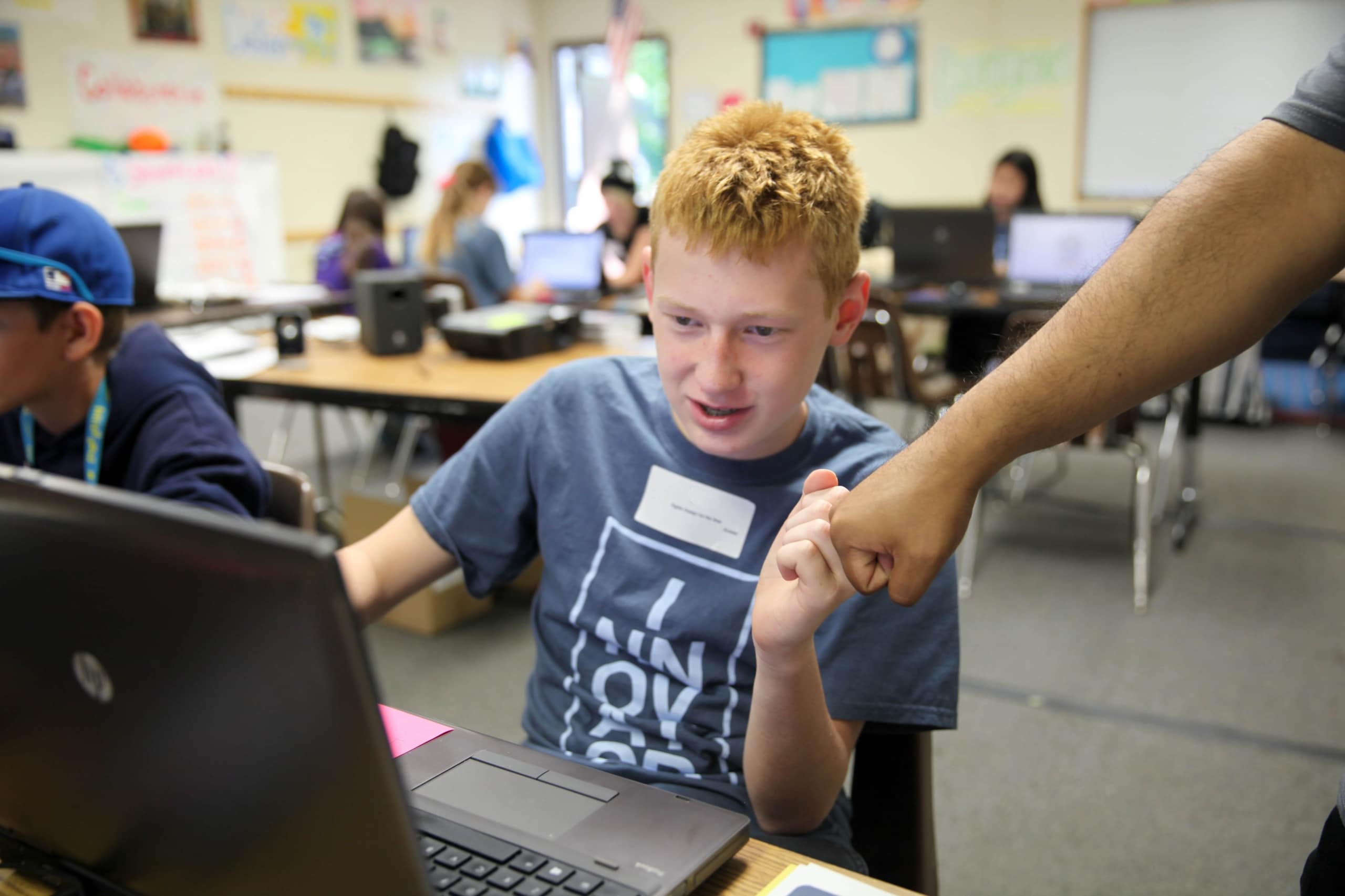
—
Danielle Casimiro is a Galileo regional director. When she’s not leading her team or rocking a unicorn onesie (which she maintains are not mutually exclusive activities), Danielle loves to eat good food, send snail mail, and spend time with her family.
